This manual is a source for learning the most basic techniques to make oneself balanced in this world: techniques for posture, techniques for appraisal, techniques for equalizing, in addition to techniques for balancing the mind. As Foshaug exhorts in the introduction:
“Be balanced. It adds depth and creates a certain peace in the mind of your partners in the act of playing with dance. Be balanced for yourself. Do not balance onto the other people.Do not balance with the opposite sex. Do not conform. Do not show equivalence or skill: Be balanced in your conduct. Be one of those in balance.”
This manual is thoroughly illustrated, and it is Kartellet themselves who demonstrate the techniques in the photographs. [2]
This article was first printed in the Norwegian magazine for dance art Dansekunst, owned by Norske Dansekunstnere. Translation by Tone Ingvaldsen.
Chapter 3A—Technique of steadiness
Humans have always been standing. To stand you have to be steady. Steadiness comes from the Earth. You always have to meet the Earth with your knees bent, equalization in the ankles and torso above the hips. The body should be in a pact with its own proportions. Those who are balanced are never on their toes both in dance and in life. The exceptions are:
- Unknown territory on thin ice
- Nightly hours in an attempt to not wake your partners
Technique of steadiness in practice (with illustrations):
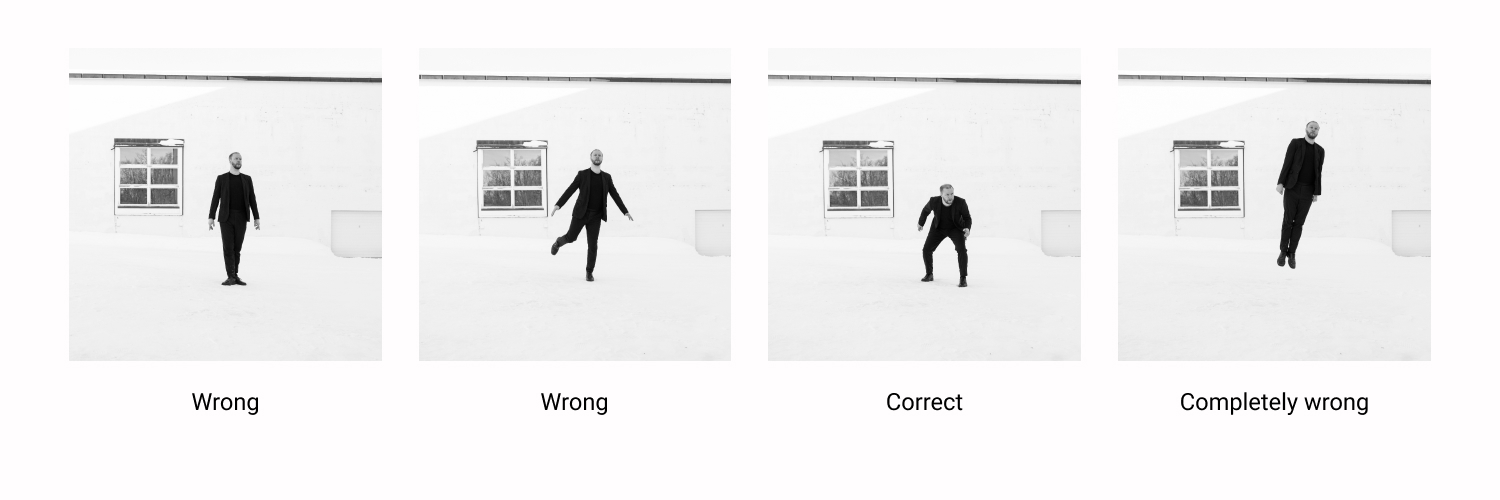
Concordant people create steadiness.
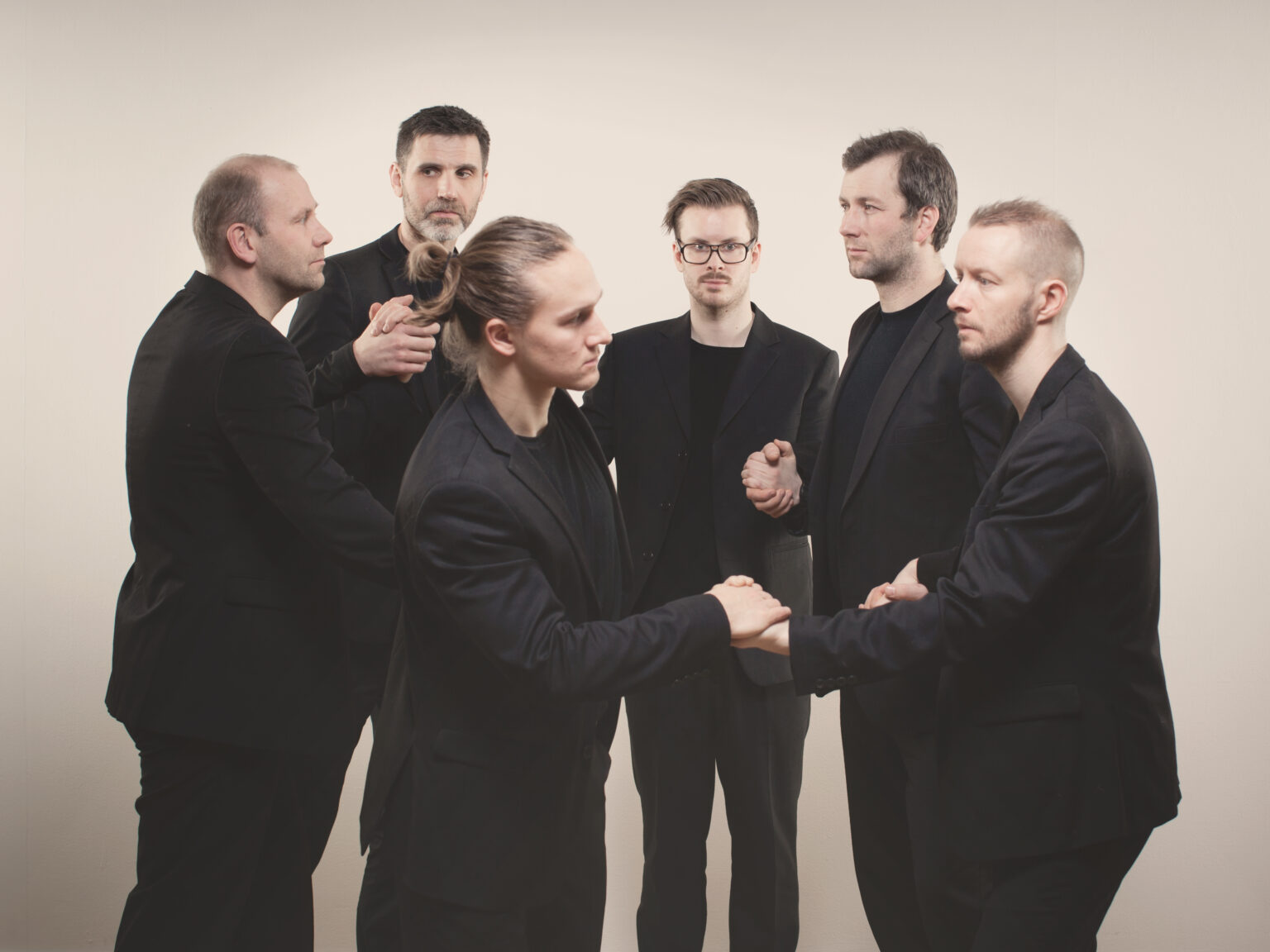
Chapter 4C—The art of equalization
To be equalized demands adjustment. One has to strive to be malleable at all times. This particularly applies to the mind. Elastic neurons and axons are trained through the experiences of falling, and events that correspond to a fall. Equalization happens through relocation. The person who is balanced is relocating even when it seems invisible to the human eye. The eyes can, on some occasions, fail you because of the heavy flows of sweat from the forehead. You can prevent this from happening by using a headband, or a thick stripe of vaseline in a bent half circle on the forehead. Make sure to shape the half circle so that the sweat drips off at the temple.
The art of equalization (with illustrations):
When you are malleable you are able to be at one with yourself and your body parts can disappear into the other parts of your body. As the next set of images show. [3]

Being in your most malleable state demands exceptions from the rule of not balancing onto others.

Halling throw and halling kick are good methods for equalizing crookedness in balancing techniques. [4]
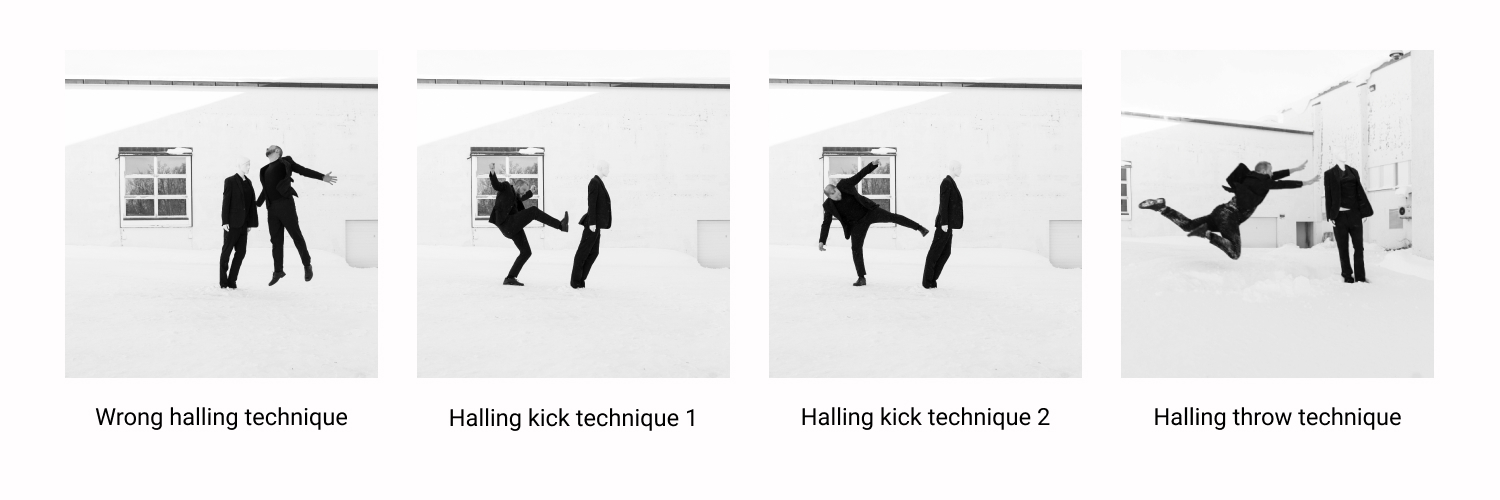
Halling throw technique demands airborne balance and courage. Feel free to do the throw both when you and the people around you least expect it.
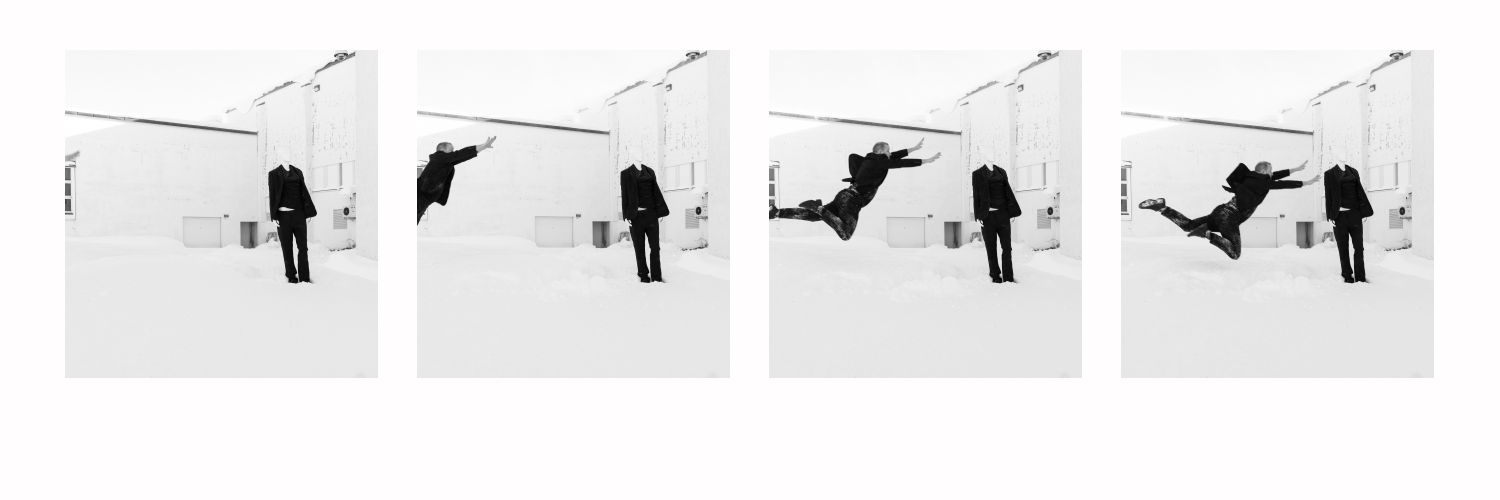
Tango, tango, tango – Trust takes time. Equalizing creates balance. [5]

Chapter 23D—Techniques for appraisal
Those in balance appraise without the involvement of the brain. The mind’s appraisal takes too long a time in uncontrolled situations, thus disqualifying itself from the task in question.
Total appraisal is not like doing magic. If you love fishing you will recognize the intertwining of subject and object from that moment when you are fully absorbed by the moment when the salmon takes the bait. Practically speaking you will no longer be separated from the fish, and the rod will cease to exist. The salmon is you, and you are the salmon. This is when you appraise at your finest. Be at one with your objects. Be total in your appraisal. [6]
Fly Fishing for salmon disguised as naked dancing. The sunbeams in the picture do not in any way affect the balanced ability to appraise. [7]
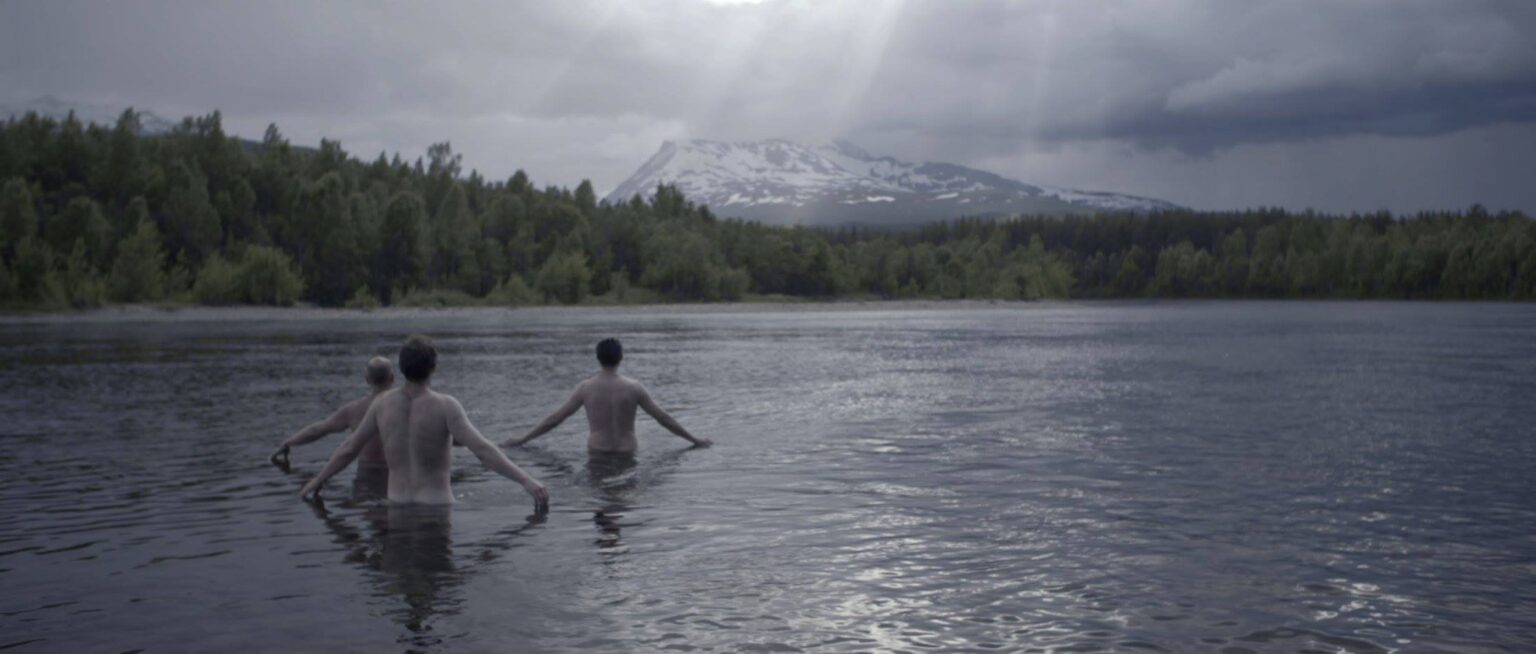
Practices (with illustrations):
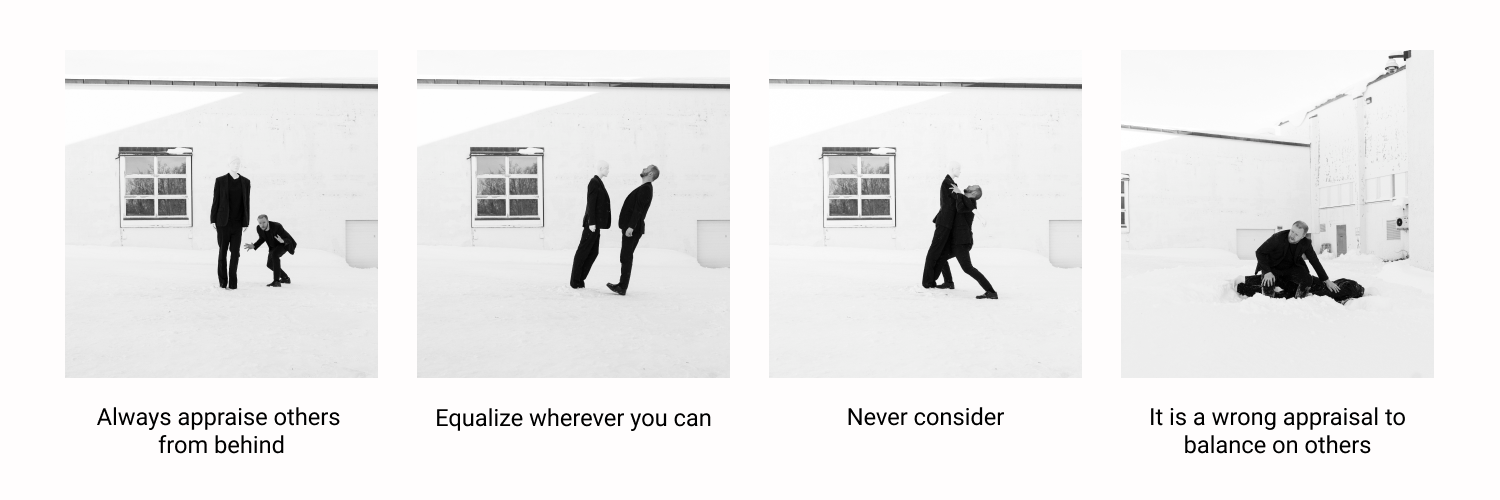
Chapter 104F—Musician and uncertain
The striking similarity between “musician” and “uncertain” is uncanny.[8] Coincidence? Not likely. The close relation between these two terms ensures the necessity of vigilance. Always keep up-to-date live music available so that you can reprimand [the musician] on a regular basis. Music by the means of cassette, LP CD or as a digital file is hard to change.[9] It can only be destroyed. Then you will have to face the probability of becoming insecure, especially considering length, rhythm and tonality. The art of balancing without sound is like dancing men in suits.
Exercises for balancing in the ability to listen and training of the musician:

A plausible power ratio between music and dance is 2:5. This applies as long as the dancers are not moving a muscle, but makes room for the noise.
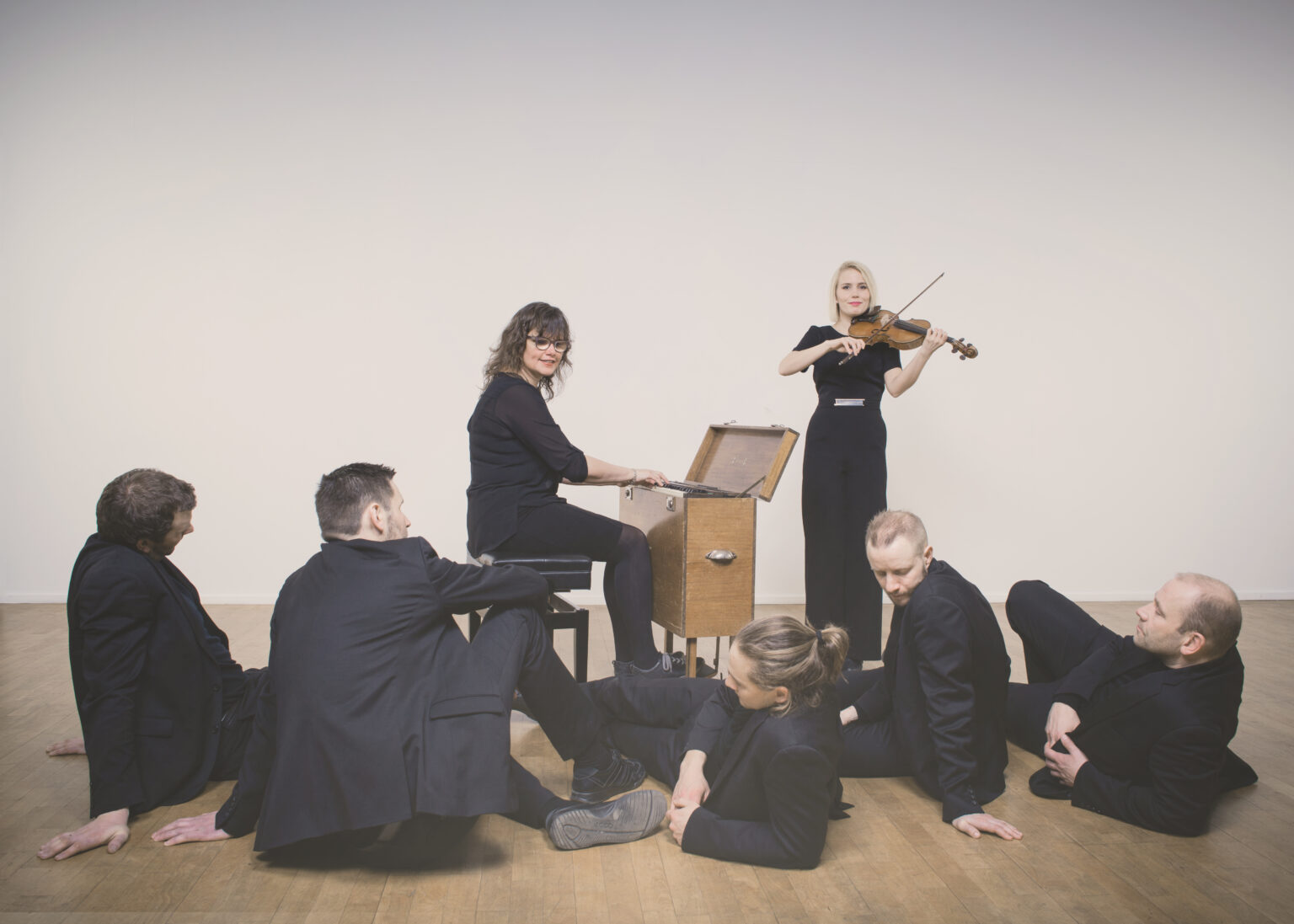
Chapter 383A—The dangers of draping yourself in movements that make you unbalanced.
Dance as you would run, walk and jump. Do not preen yourself. Do not stretch. [10] Do not listen to your body. The body should be commanded. Not being pampered. Using too many movements that are only for show is unfortunate for both the balance and your reputation as a balancing artist. Be observant of bodily outcomes that force you to be on your toes over a longer period of time. Then it should ring a bell. The same applies to outstretched body parts. The exception is heavy lifting. Then you are free to use straight legs and a bent back. It looks stylish.
The illustrations show different ways to preen. Try to avoid this as much as possible. [11]
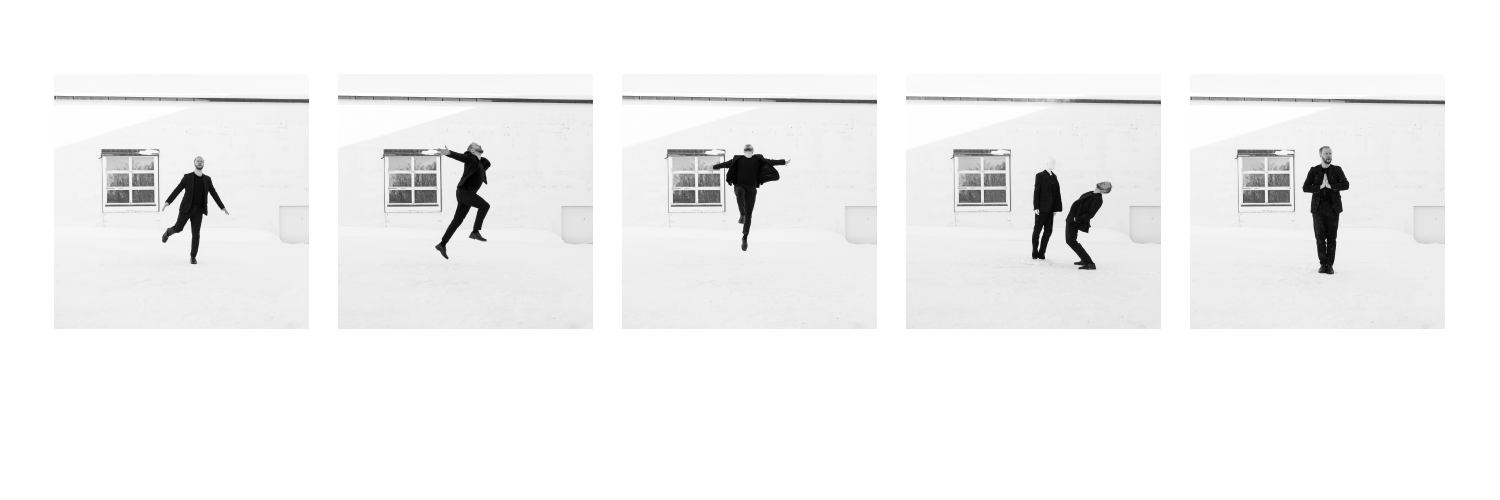

Epilogue:
What would life be without balance?
Techniques of balance were, are and will be the core of human activity. Try closing one of your eyes for an entire day and see what it does with your balance. It will likely enhance both your balancing techniques and your vision. And maybe some people will believe that you are flirting with them or that you are in need of assistance. Both these scenarios can be considered a bonus.
Remember to charge those who learn from your mistakes.
For Kartellet and the world,
Nils-Ole Foshaug
Notes
[1] Nils-Ole Foshaug is the eldest member of Kartellet and is one of Norway’s first professional folk dancers. That career was transformed into one of politics, which is a part of the strategy to introduce traditional dance as a mandatory practical knowledge into the Norwegian population. Foshaugs motto is: The art of balancing is easy lying.
[2] Except where otherwise noted, all photographs are captured by master photographer Knut Åserud. He wants to state that “The skill of balancing is a honed property, also when it comes to the art of balancing photographs”
[3] Prime balancing technique can thus be both an evil and a health preventive. Some might get jealous.
[4] Halling dance is a traditional solo and couples dance from Norway. Sometimes combined with acrobatics and playfulness. Kicking plays a central role in the dance, especially in the solo version.
[5] balan’se, origin balan’gse; from french, latin bilanx, meaning “two bowls”
[6] Never reach for anything. Let the object come to you.
[7] Photograph from the music video “Poor Old Billy” by Robaat.
[8] At least in Norwegian: “Musiker” and “Usikker”
[9] Balancing techniques should be practiced without sophisticated aids. The exception is music. The music can advantageously be performed in different starting positions, with several different methods rhythmically, acoustically and with a high degree of danger.
[10] There once flew a plane above Antarctica. 10,000 penguins saw the plane and bent backward so that they all fell on their backs. If 10,000 individuals did the same it would still be pretty dumb. Trust the manual.
[11] Certain claims in this chapter have been refuted by recent research and have therefore been omitted in this context. It can be useful to dress up.
Credit: This article is an excerpt from a manual of balancing techniques written by Kartellet master Nils-Ole Foshaug in 1991.
This story is part of the Norway Partner Spotlight. View more content from the Spotlight here.
